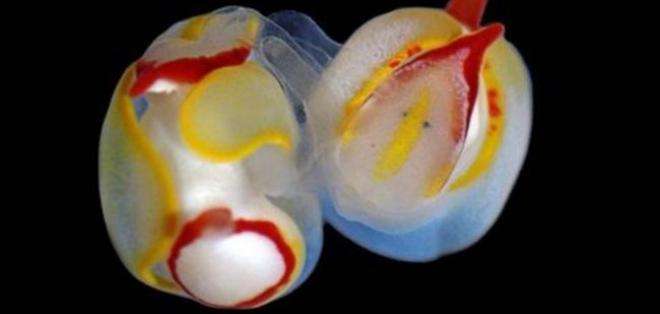Sea slugs and sex drugs
Last Friday was “Single awareness day” leaving many wondering how to find their soul mate. As it turns out, sea slugs may hold the key. For these saltwater snails, lovemaking is far from gentle and sweet: sea slugs stab their partners to procreate.
The slugs used a hypodermic device—like a hollow needle—to introduce chemicals into their partners which make them more willing to engage in sexual activity. The ‘love darts’ are coated with a substance that is suspected to play a critical role in the slugs’ procreation. Rolanda Lange, an evolutionary biologist from Monash University in Victoria, Australia, explained to National Geographic that the sex drug may act to prevent the recipient from digesting “the donor’s sperm and, instead, use it to fertilize the current egg batch.” Other functions include aiding in the slug’s post-mating recovery.
Lange added that sea slugs are not the only species to shoot sex drugs into their mates. A large number of snail species use similar strategies to promote mating with their partners. One example is the garden snail, which shoots a dart covered in mucus to stimulate the female’s reproductive system to contract, thus increasing fertility.
While this Cupid’s arrow system might seem random, its evolutionary purpose is quite directed, as sea slugs aim for the eye. According to Lange, in aiming for the head, sea slugs target the central nervous system sitting right behind the forehead. It seems these slugs are quite literally brainwashing their mates.
Results for malaria vaccine look promising
Researchers believe that a novel, effective malaria vaccine might potentially be available by the end of 2014.
The pharmaceutical company GlaxoSmithKline has released promising results from the phase III clinical trial of the RTS,S malaria vaccine candidate. Fifteen thousand infants and young children were followed up over 18 months, and these latest results suggest that with RTS,S, the percentage of malaria cases dropped by almost half in young children and by about a quarter in infants. This vaccine has been in the works for more than three decades, but it has encountered many challenges. The problem with malaria is that it is not caused by a virus, but rather, by a complex evolving parasite that includes many different species.
The RTS,S vaccine, however, specifically targets Plasmodium falciparum, the most deadly species that causes malaria by integrating the parasite’s protein in the existing hepatitis B vaccine. Although not 100 per cent effective—this vaccine has the potential to be very useful when applied in combination with other anti-malaria incentives such as bed nets and insecticides.
Seeing as malaria is one of the hardest-hitting diseases in the world and affects millions of children per year, RTS,S brings renewed hope for the introduction of a significant preventative measure.








